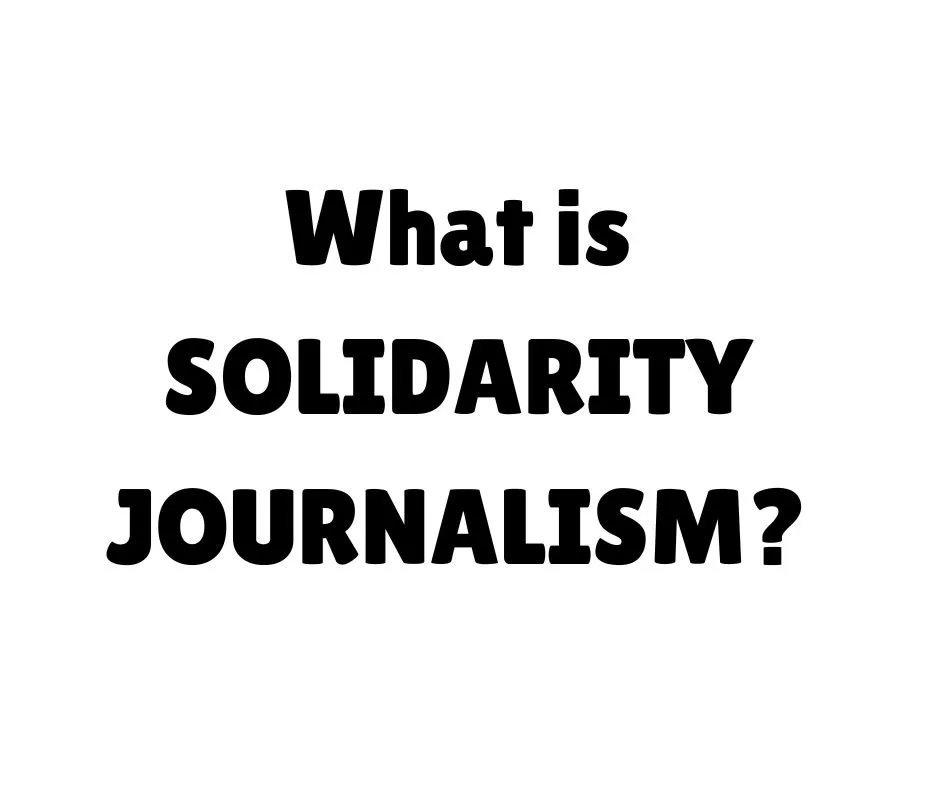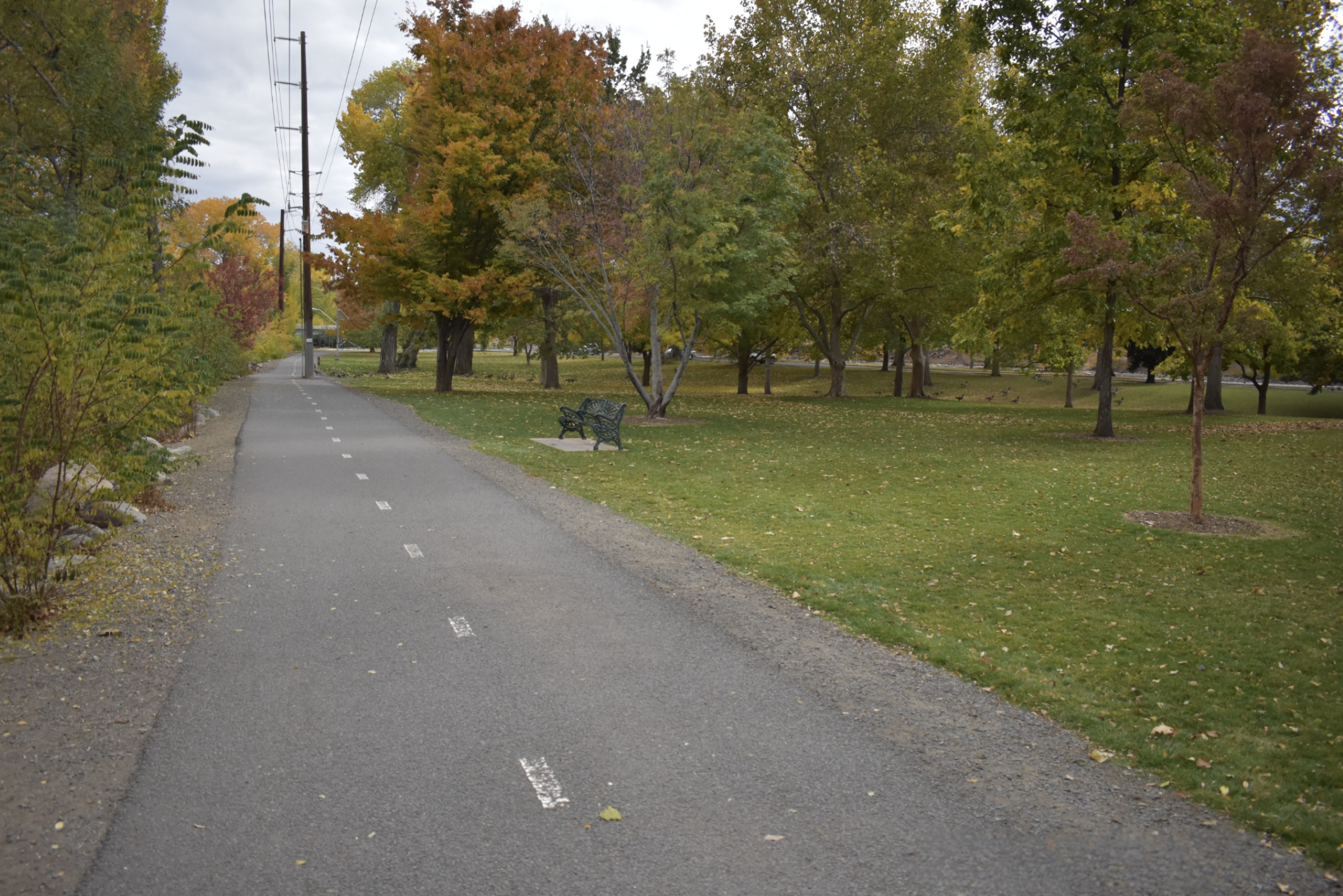There’s occasionally concerns from some of our readers about what we do at Our Town Reno, even going so far as wishful policing, over what journalism should or shouldn’t be, or what it is or isn’t, or how it should be written.
We don’t see social media as a threat, we see it as boon, as it’s vastly diversified voices and perspectives, however chaotic that might be. That’s why we’ve always placed ourselves at the intersection of social media and journalism.
We’ve always liked the George Orwell line that “journalism is printing something that someone does not want printed. Everything else is public relations.”
You won’t see us promoting a medical device as so many television stations do, with their “health reports” actually paid advertisements. You won’t see us cowering to the powerful and the wealthy in hopes of a future grant, or be wary about writing about a particular business, because none advertise with us.
As a volunteer collective, most of our stories come from reader tips, questions and alerts, even if some in the community get angry at the questions even being asked.
We also promote the work of up and coming student journalists, local photographers and opinion writers.
Our articles are often short, to better fit on our affiliated character limited social media including Biggest Little Streets on Instagram, where we also do street photography, to document an ever evolving Reno.
We prefer big picture realism than getting lost in the weeds of minutiae.
We enjoy presenting micro stories.
A lot of panoramic distant view journalism is mostly background information which can be written by AI. Conversely, going too deep in details can lose the reader as to what a story might mean for where our city is headed or came from.
Our social media posts often have a voice, and a particular writing style, because why not? There are a few grammar Nazis out there, always on the lookout. It’s often a petty way to disagree, as we all know mistakes are human, and mistakes don’t define you. Mistakes refine you, as the saying goes.
One commenter recently wrote we were mostly negative, but that simply isn’t true if you look at the body of our work.
One of the four categories on our website is called Keep Reno Rad, which is usually a highlight of a local starting a new homegrown business or a showcase of a promising artist.
The three other categories on our website are News and Features, Ideas for Progress and our Citizen’s Forum.
A kinder reader recently sympathized with all the hate we receive in comments. We explained it comes with presenting new information, remembering all the death threats we received after indicating Kyle Rittenhouse was in the area furnishing a home and buying a vehicle, based on a verified reader tip.
A concept we read about recently is called Solidarity Journalism, which we found stimulating.
We also like the term mutual aid journalism, whereby our stories promote those practicing mutual aid, while also encouraging those we write about to be helped by neighbors reading about them.
A recent article by Anita Varma on the NiemanLab media newsletter defined solidarity as “a commitment to people’s basic dignity that translates into action.”
She writes “specifically, when reporting in solidarity, journalists use newsworthiness criteria, sourcing tactics, and framing styles that are distinct from those typically used by mainstream media.”
We started this initiative specifically when we noticed local media weren’t paying much attention to motels being torn down and even less attention to former motel residents. Tenants’ struggles are news to us, as are their protests and attempts to organize.
When we report on residents getting kicked out of a Reno Housing Authority compound or from the Lakemill Lodge, we keep reporting about them until they are housed again.
According to a definition on the Center for Media Engagement at the University of Texas at Austin “solidarity in journalism means that journalists stand for basic human dignity and against suffering, and is practiced through newsworthiness judgments, sourcing, and framing that center the lived experiences of people subjected to unjust conditions. The decision to report – or not report – on these conditions inherently leaves neutrality behind.”
Our Town Reno Substack, January 14, 2025












































